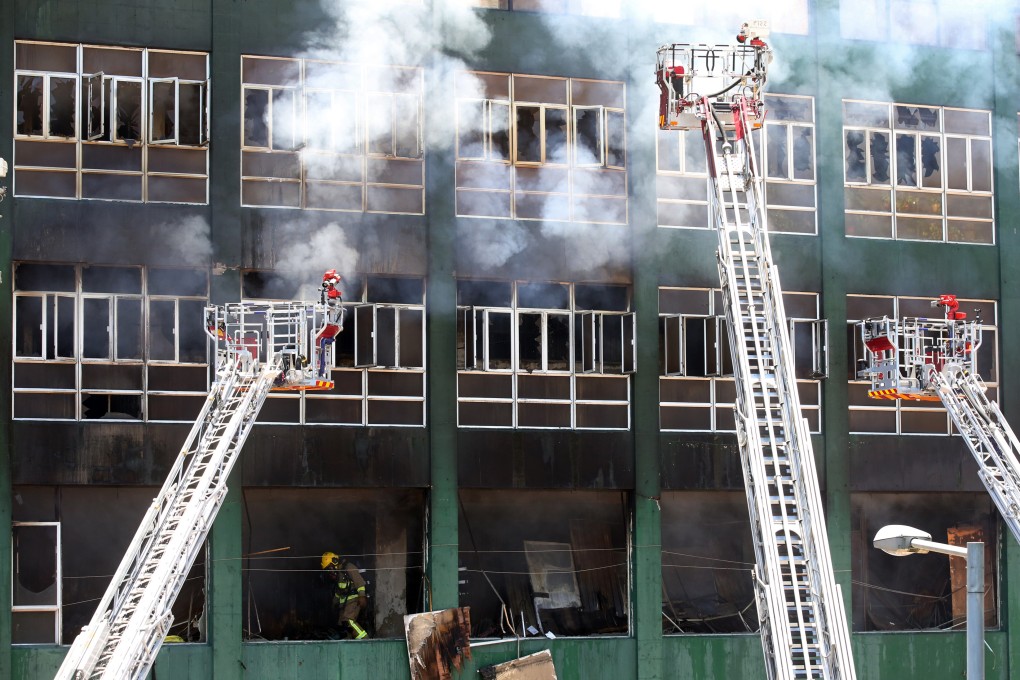Editorial | Lessons must be learned from Hong Kong fire tragedy
- Handing down his findings into the deaths of two firefighters in a storage facility blaze, Coroner Philip Wong Wai-kuen urged authorities to issue licences to such premises to ensure compliance with fire safety rules.
- He also questioned the effectiveness of hazard abatement notices, given that about a third of them have yet to be complied with

Firefighting is an inherently dangerous occupation. Neglect of fire safety compounds the hazard to life and limb.
So it was when two men lost their lives fighting a blaze that burned for more than four days through mini-storage units in a Ngau Tau Kok industrial building. It was in a sense a tragedy waiting to happen, one that is likely to recur without rigorous compliance with and enforcement of safety rules.
The small size and high cost of Hong Kong flats means many residents do not have room for all their possessions, resulting in a demand for off-site space and a proliferation of mini-storage facilities in which fire safety is, sadly, often observed in the breach.
The fourth-alarm fire, on a scale of one to five, may have been caused by a faulty air conditioner and accelerated by flammable items inside some of the 200 storage spaces.
In ruling that the two senior firefighters, aged 30 and 37, died by misadventure on the first and third days of the fire in 2016, Coroner Philip Wong Wai-kuen urged officials to issue licences for such premises to ensure compliance with safety regulations. He also found that lack of fire safety awareness among operators of storage cubicles at SC Storage and poor communication within the fire services contributed to the tragedy at Amoycan Industrial Centre.
